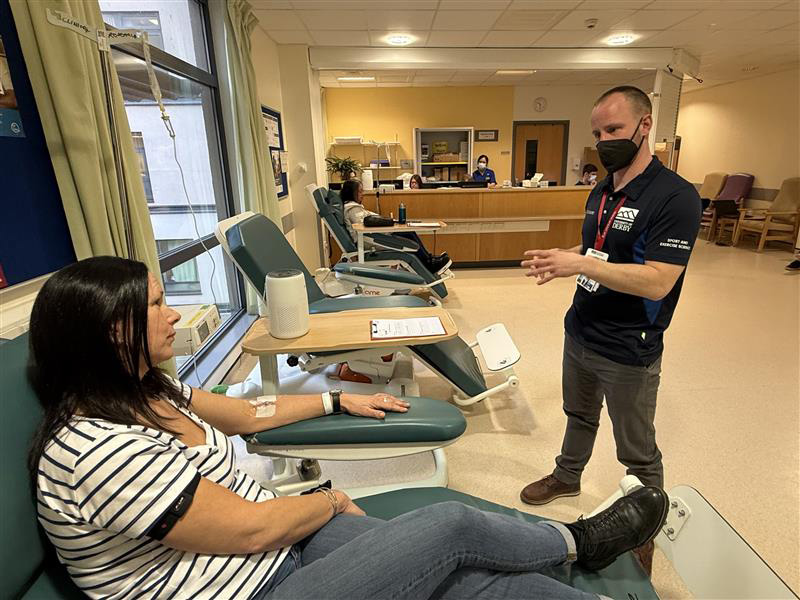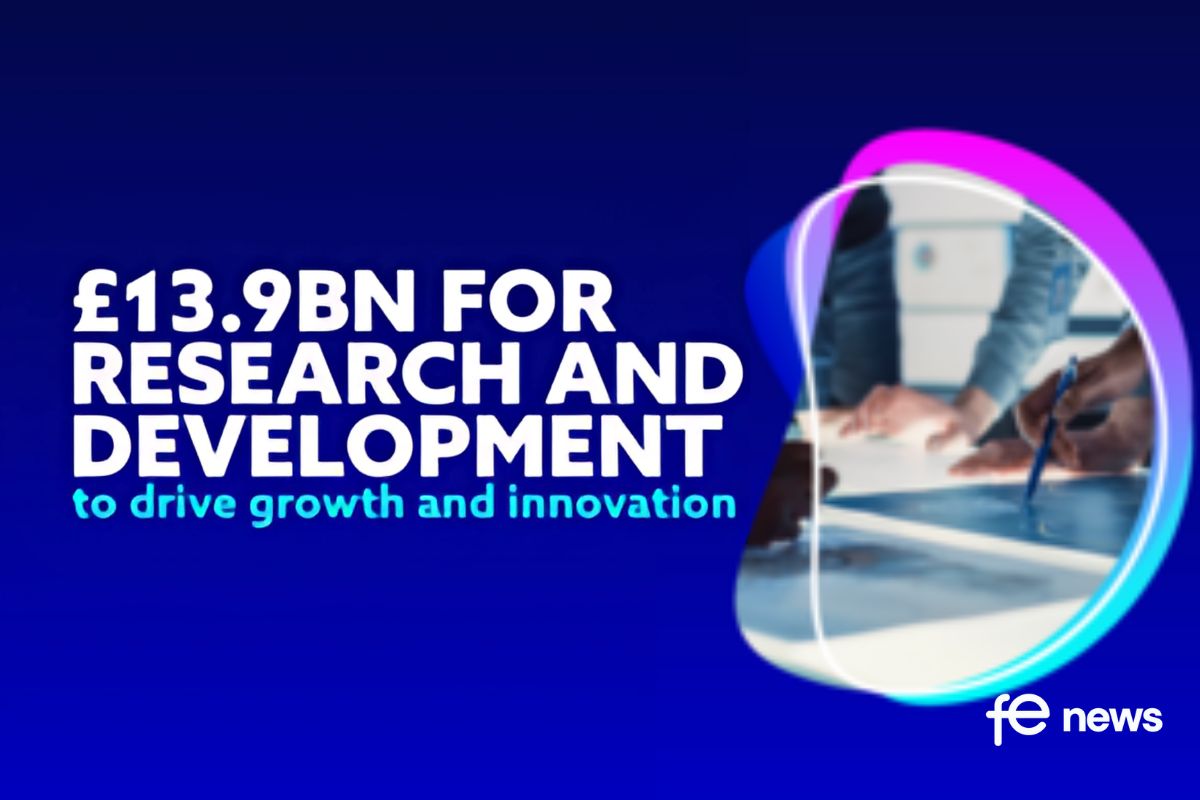Blueprint for lifelong learning and employment opportunity

Stephen Evans reveals Learning and Work Institute’s blueprint for change: five actions to improve growth and opportunity by widening access to lifelong learning and good work. Learning and Work Institute’s blueprint for change sets out five actions to improve growth and opportunity by widening access to lifelong learning and good work.
Starting point
The next government is going to face some stark challenges. Average wages are £12,000 per year below what they’d be if pre-financial crisis trends had continued, public services are straining at the seams, and the engines of economic growth seem to have stalled.
The next government will be charting a path toward the 2030s. We have an aging population, need to tackle climate change, and face rapid and uncertain changes in technology. These changes manifest in longer working lives, increased demand for health and social care, and the need to change our economy to achieve net zero.
We face stark inequalities
At the same time, we face stark inequalities. Your life chances are hugely affected by where your parents are from; where you can get in life is limited not just by your hard work and talent, but also by your starting point. These inequalities of opportunity, combined with a flatlining economy, have fuelled disillusion with many feeling that no-one has the answers that can make a difference.
Access to lifelong learning and good work can help to tackle some of these challenges and prepare us for the decades ahead – we know that learning is good for careers, health and wellbeing, active citizenship and so much more.
But on too many measures we’ve gone backwards. Government cuts to adult skills funding in England mean adults have gained seven million fewer qualifications over the last decade than if participation in learning had stayed at 2010 levels. Combined with falls in employer investment in training, the result is we’re on track to stall in the international league tables. By 2035, one in three adults will still only have a highest qualification that is below GCSE or equivalent level – that’s not matching up to the rising demand for skills from employers.
Our employment rate, around 75%, is still relatively high by international standards. But seems to have stalled since the pandemic, driven by a rising number of people economically inactive (either not looking for or not available to start work) due to long-term sickness. Around one in five in that group want to work, but they’re not getting the support to do so.
This is not the most promising backdrop. But we can we and we must do better.
Blueprint for change
Lifelong learning and good work can be at the heart of a decade of renewal. We’ve set out five steps for change.
1. Get employers training
Employers are investing 26% less per employee in training than in 2005, and graduates are three times more likely to get training at work than non-graduates. That holds back productivity and opportunity. To change it, we need to get the economy growing (employers invest in training to aid their growth or adapt to change) but also improve skills policy. Specifically, we should broaden the apprenticeship levy (which has led to a 36% fall in apprenticeships, with the starkest falls for young people and in deprived areas) into a Skills Levy, with employers able to unlock flex to invest in training outside apprenticeships if they invest in apprenticeships for young people. A Skills Tax Credit could also help to boost employer investment in training.
2. Help people into learning
The adult skills budget in England has been cut and the remaining budget focused more on those who already have higher qualifications: there has been a two thirds drop in adults improving their English and maths in the last decade; yet two thirds of Skills Bootcamp participants already have a degree or more. We need to expand the Lifelong Learning Entitlement to provide more help with course and maintenance costs at all levels and offer adults a Learning Account to spend on approved training they choose.
3. Support people to work
Although still relatively high, the UK is the only G7 country with a lower employment rate than pre-pandemic. An 80% employment rate, an extra 2.4 million people in work, would boost the economy by around £25 billion per year. Yet only 1 in 10 out-of-work disabled people get help to find work each year. We need to open up employment support to all who want to work, better join up work, health and skills, and work with employers on their job design and recruitment strategies so more jobs are open to more people, helping them reach the best talent.
4. Introduce a Young Person’s Guarantee
One in eight young people in England are not in education, employment or training, stubbornly high and having long-term impacts on pay and job prospects. Support is too fragmented currently, with too many young people missing out altogether. A joined-up, locally-led Young Person’s Guarantee should give all young people aged 16-24 a job, training place or apprenticeship. A concerted effort to ensure the next generation get the start they need.
5. Build a better system
A fragmented, underfunded system holds us all back. We need to empower people and employers with new entitlements and reformed policy, empower local areas including through greater devolution to build joined-up systems that meet local need, and invest in support including reversing the £1 billion cut to adult skills funding in England since 2010.
Together, these actions aim for a step change in lifelong learning and employment opportunity, essential for fairness and prosperity in the decades ahead. The challenges are great, but so is the prize from delivering a higher ambition.
By Stephen Evans, Chief Executive of Learning and Work Institute











Responses